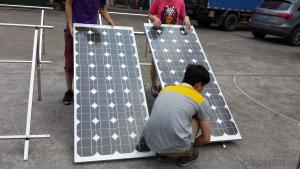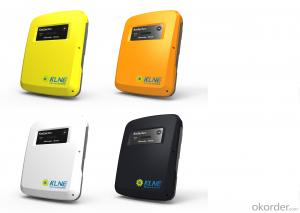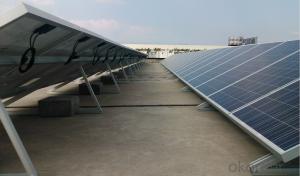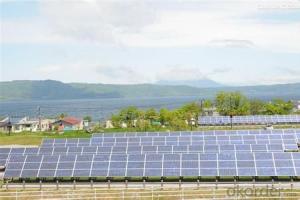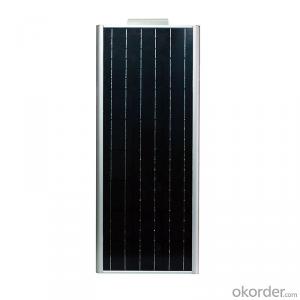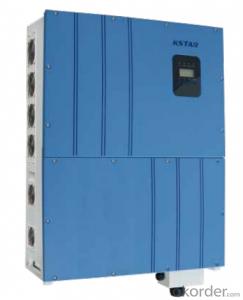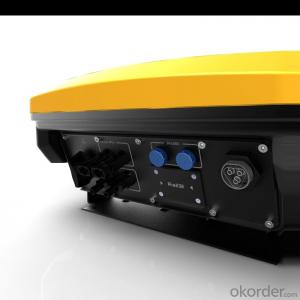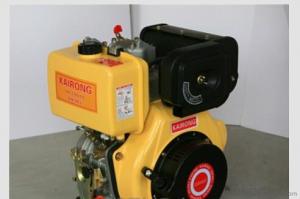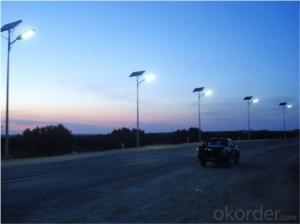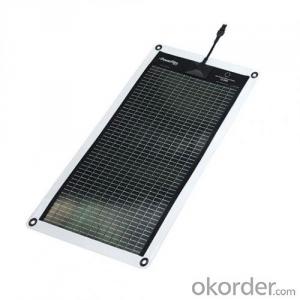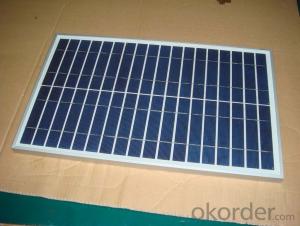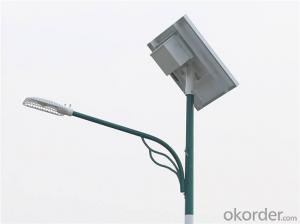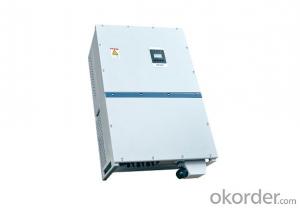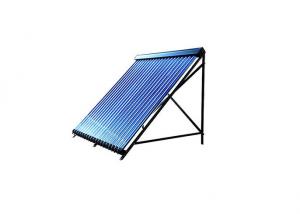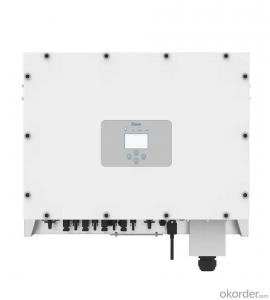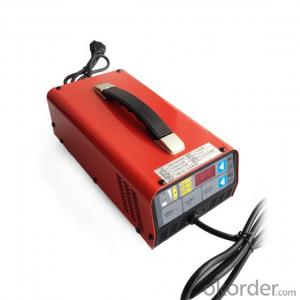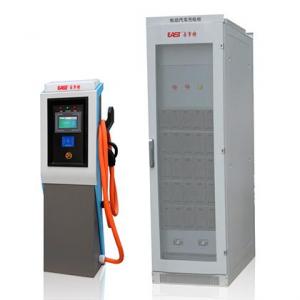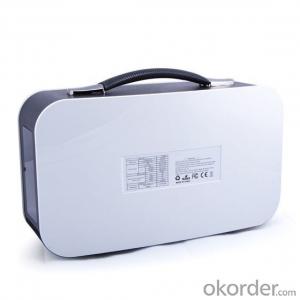50 Kw Solar Inverter
50 Kw Solar Inverter Related Searches
50kw Solar Inverter Solar Inverter 50kw 50 Amp Solar Inverter 50 Kw Hybrid Solar Inverter 50 Kva Solar Inverter Price 50kw Solar Inverter Price 500 Kw Solar Inverter 50kw Off Grid Solar Inverter 40 Kw Solar Inverter 40kw Solar Inverter 500kw Solar Inverter 500w Solar Inverter 500w Solar Power Inverter Solar Inverter 500kw 500 Watt Solar Inverter Solar Inverter 500w 100 Kw Solar Inverter 500 Watt Solar Power Inverter Solar 500 Watt Power Inverter 60 Kw Solar Inverter 500 Watt Inverter Solar Solar Power Inverter 500w 100kw Solar Inverter Abb 50 Kw Solar Inverter Price 150 Kw Solar Inverter Solar Inverter 500 Watt 80 Kw Solar Inverter 45kw Solar Inverter 100w Solar Inverter 35kw Solar Inverter50 Kw Solar Inverter Supplier & Manufacturer from China
50 Kw Solar Inverter is a high-performance device designed to convert the direct current (DC) generated by solar panels into alternating current (AC) that can be used in homes and businesses. This advanced inverter is capable of handling large-scale solar power systems, making it an ideal choice for commercial and industrial applications where significant energy production is required. With its robust design and efficient energy conversion capabilities, the 50 Kw Solar Inverter plays a crucial role in harnessing the power of the sun and reducing reliance on traditional energy sources.The 50 Kw Solar Inverter finds its application in various scenarios, such as large-scale solar farms, commercial buildings, and industrial facilities. It is particularly useful in areas with high solar irradiance, where the potential for energy generation is maximized. By integrating this inverter into a solar power system, businesses and organizations can significantly reduce their energy costs and contribute to a more sustainable future. The 50 Kw Solar Inverter's ability to handle large amounts of power makes it a preferred choice for projects that aim to achieve energy independence and reduce carbon footprints.
Okorder.com is a leading wholesale supplier of the 50 Kw Solar Inverter, offering a vast inventory to cater to the growing demand for renewable energy solutions. As a reputable platform, Okorder.com ensures that customers have access to high-quality products at competitive prices. By partnering with established manufacturers, Okorder.com guarantees that the 50 Kw Solar Inverters they supply meet the highest industry standards and are designed to provide reliable performance over the long term. This makes Okorder.com the go-to destination for businesses and individuals looking to invest in efficient and eco-friendly solar power solutions.
Hot Products


